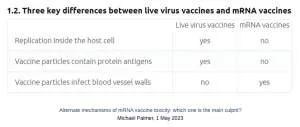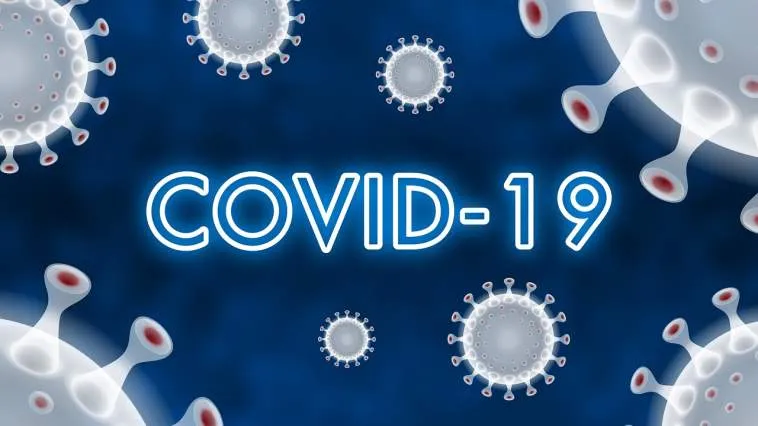(The Exposé) A paper published on 1 May 2023 by Doctors for Covid Ethics summarised three potential ways the mRNA covid “vaccines” cause disease: toxicity of the lipid nanoparticles, the toxicity of the spike proteins and the destructive effects of the immune response to the spike protein. The paper argues that the latter, the destructive effects of the immune response induced by the “vaccine,” is likely the most important.
“If this conclusion is correct, then essentially the same level of toxicity must be expected with future mRNA vaccines against any other pathogenic microbes,” wrote the paper’s author paper, Dr. Michael Palmer.
The paper, which you can read HERE, begins with an easy-to-understand explanation of how mRNA “vaccines” provoke an immune response.
The mRNA is enveloped in the lipid nanoparticle (“LNP”) which protects the mRNA in transit and facilitates its uptake by our bodies’ cells. Once inside the cells, the mRNA binds to ribosomes which read the mRNA sequence and then assemble the spike protein. The spike protein will be taken to the cell surface and may be bound by antibodies.
“Those bound antibodies will activate the complement system, a cascade of serum proteins which culminates in the formation of a membrane attack complex. Such complexes create large holes in the cell membrane, ultimately killing the cell,” Dr. Palmer wrote.
If the spike protein breaks into fragments within the cell and these fragments are taken to the cell surface, then they will be recognised by T-killer cells. The T-killer cells will attack and kill that cell.
“The above assumes that we already have antibodies which recognise the spike protein or its fragments,” Dr. Palmer noted.
Differences between live viruses and mRNA “vaccines”
For those who argue that the mechanism described above happens in an immune response to live viruses and live virus vaccines as well, Dr. Palmer points out that there are three key differences between live virus vaccines and mRNA “vaccines” and summarised these differences in the table below.

The paper explains in detail why these differences are important.
From the outset, it’s important to note that if we are infected with a natural virus or inoculated with a live virus vaccine, the initial viral load is small. And, a secondary infection will trigger a memory response, which curbs the multiplication of the virus early on. “Neither with the primary infection nor with a secondary one will peak viral load and peak immune response clash head-on. This limits the intensity of inflammation,” Dr. Palmer explained.
Replication inside the host cell
Unlike viruses mRNA “vaccines” do not replicate. This makes it necessary to inject the full amount of vaccine particles all at once and every time.
If the antigen, the substance or particle that induces an immune response, declined over a matter of days, and no immunity yet exists, a clash between peak antigen expression and peak immune response may be avoided.
“However, with a repeat injection, and also in case of natural immunity due to a previous infection with the virus, we must expect antigen expression to clash head-on with an intense immune response, resulting in accordingly intense inflammation. Thus, both acute side effects and long-term ones such as autoimmune disorders will become more likely after the second shot,” Dr. Palmer wrote.
The high viral load clashing with the intense immune response that is expected with repeat injections promotes intense inflammation, with severe tissue destruction and the risk of triggering autoimmunity.
Vaccine particles contain protein antigens
The mRNA “vaccine” particles do not contain any copies of the encoded protein antigen on their surfaces. As this concept is important to understand, we have copied Dr. Palmer’s explanation below.






